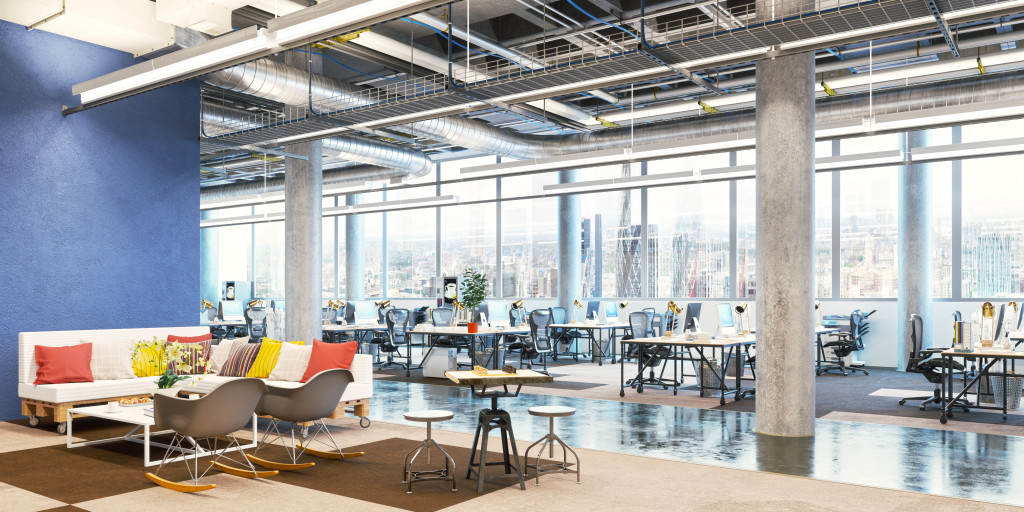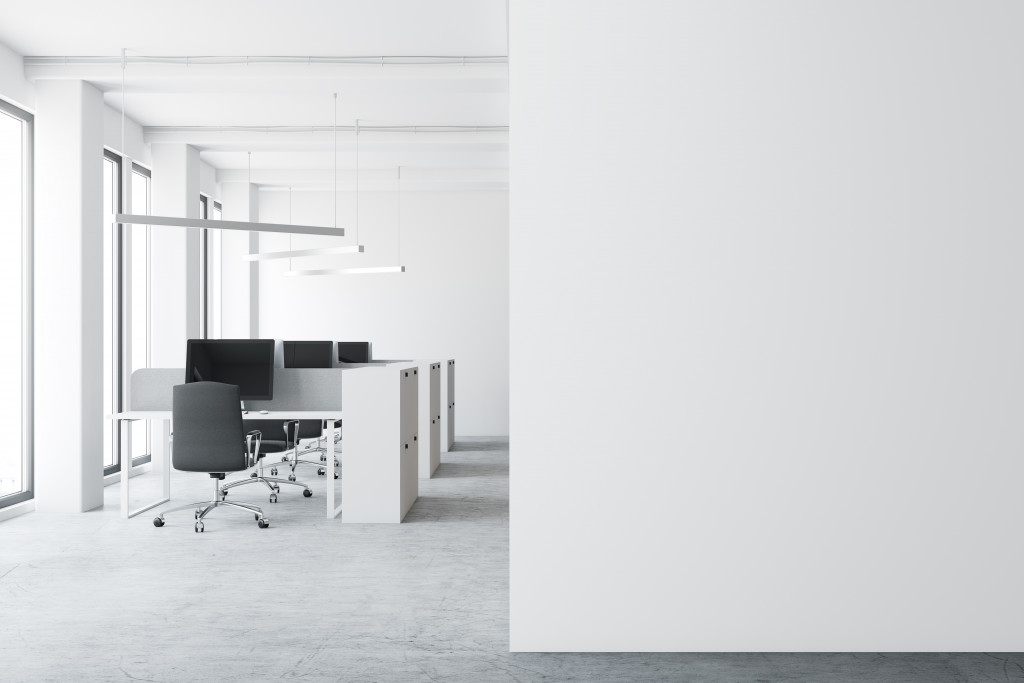- A well-designed office boosts productivity and fosters collaboration, requiring strategic location choice and meticulous construction.
- Technology streamlines operations and enhances productivity, including communication tools, automation, cybersecurity, and cloud computing.
- The workspace layout should stimulate interaction, provide quiet zones, accommodate technology, and include ergonomic considerations for employee well-being.
- An ideally planned office balances aesthetics, comfort, collaboration, and technology to drive productivity and increase employee engagement.
An office is crucial to a business’s overall functionality and productivity. It is a physical hub where ideas are born, collaborations are fostered, and tasks are executed. According to a report by Gensler employees working in well-designed office environments are 20% more productive and have a 12% higher job satisfaction rate than those in poorly designed environments. A Global Report also found that employees satisfied with their physical workspace are 31% more likely to feel engaged at work. These statistics underline the importance of having an office space and ensuring it’s well-planned and conducive to productivity.
However, creating the office space from scratch will require a lot of thought, planning, and effort from the business owner. When setting up a productive office space, certain key elements need to be considered. Here are a few of them:
Location and Construction

The choice of location and the ensuing construction process are vital initial steps in establishing an effective workplace. A well-located office improves visibility, aids in attracting talent, and can significantly impact foot traffic if a company is customer-facing. Proximity to essential services, public transportation, and supply chains should also be considered.
However, securing an ideal location is only half the battle. The construction phase molds your site into a functional workspace. It’s here that you have the opportunity to design a workspace that fosters collaboration, creativity, and employees’ well-being. Construction should adhere to local regulations and zoning laws, and the layout must be planned meticulously, considering aspects like natural light, noise levels, and space for amenities. You can partner with commercial building contractors to help build the ever-important area.
Accomplishing this requires careful planning and professional assistance. Businesses can benefit from consulting real estate experts when choosing a location and hiring experienced architects and interior designers during construction. Incorporating employee feedback during the design phase can also ensure the workspace meets the needs of those who use it daily. These steps together can help create a workplace that looks good and drives productivity and employee satisfaction.
Workplace Technology
Technology plays a pivotal role in the modern business environment, automating processes, driving efficiency, and enabling innovative ways of communication and collaboration. Leveraging advanced technology streamlines operations and enhances employees’ overall productivity and satisfaction.
Practical Communication & Collaboration Tools
In the era of remote work and global teams, tools such as Slack, Microsoft Teams, and Zoom have become fundamental to workplace communication, enabling instant messaging, video conferencing, and real-time collaboration. These tools foster a more connected and collaborative environment, breaking geographical barriers and making processes more efficient.
Automating Tedious Tasks
Automation technology, such as robotic process automation (RPA) and artificial intelligence (AI), can automate tasks, freeing workers to prioritize more complex and creative aspects of their jobs. Examples include automatic invoice processing, email marketing automation, and customer service chatbots.
Enhanced Data Security
With the increasing volume of data being processed daily, advanced cybersecurity technology is crucial for safeguarding sensitive business information. Firewalls, SSL certificates, encryption tools, and two-factor authentication systems are just a few examples of technology that can help businesses protect their data and the privacy of their clients.
Remote Access and Cloud Computing
Cloud technology allows businesses to access data and work from anywhere, an essential factor in today’s increasingly mobile workforce. Tools such as Google Drive, Dropbox, and Microsoft allow for easy file sharing and collaboration, making remote work more feasible and efficient. Cloud-based project management tools like Trello also help teams keep track of tasks and deadlines, no matter where they are.
Design and Layout

The design and layout of a workspace profoundly impact the workforce’s productivity, creativity, and overall well-being. A well-designed office can facilitate smooth workflow, enhance communication, and foster community among employees.
Open layouts stimulate interaction and collaboration, while dedicated quiet zones provide focused, individual workspace. Including comfortable breakout spaces or lounges can also provide places for employees to relax, recharge, and foster informal connections.
Additionally, ergonomic considerations in the workspace layout such as adjustable desks, comfortable seating, and proper lighting can help reduce physical strain and prevent work-related injuries. Incorporating natural elements, like plants or access to natural light, can improve the office’s aesthetic appeal and positively affect employees’ mental well-being.
The layout should also accommodate the necessary technology and equipment without creating clutter or hindrance in movement. A professional office designer can help optimize space usage and create a design that caters to your business and employees’ unique needs.
Final Thoughts
A productive office requires careful consideration and thoughtful planning. An ideal workspace should have the necessary technology, provide ergonomic comfort, foster collaborative ideas, and be aesthetically pleasing. Considering all these elements when setting up a business workplace is essential to drive productivity and enhance employee engagement.
